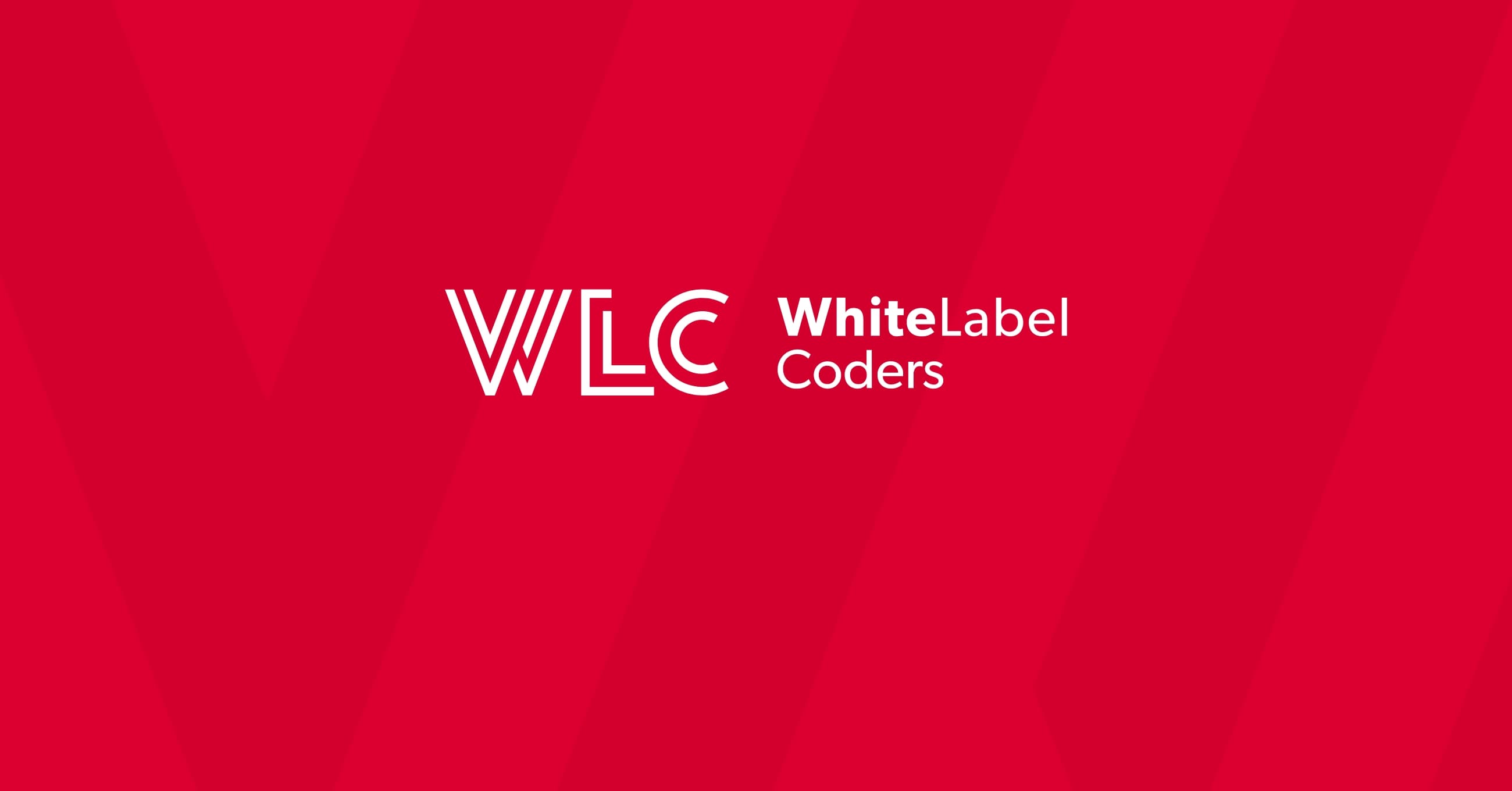Category: SEO AI
How do you build microservices architecture for iGaming platforms?

Ever wondered how platforms like Betfair handle millions of simultaneous bets during the World Cup final without crashing? The answer lies in microservices architecture, a development approach that breaks down complex iGaming systems into independent, scalable services. This architectural pattern enables gaming platforms to process thousands of transactions per second while maintaining the reliability that players and operators demand.
What is microservices architecture and why do iGaming platforms need it?
Microservices architecture divides large applications into smaller, independent services that communicate through APIs. Each service handles a specific business function and can be developed, deployed, and scaled independently. For iGaming platforms, this approach addresses critical challenges including massive scale requirements, strict regulatory compliance, and the need for zero-downtime operations.
Traditional monolithic architectures struggle with the unique demands of gaming software development. When millions of players place bets simultaneously during peak events, monolithic systems often become bottlenecks. A single component failure can bring down the entire platform, resulting in significant revenue loss and regulatory violations.
Microservices solve these problems by isolating different platform functions. The user authentication service operates independently from the payment processing service, which runs separately from the game engine. This separation means that if one service experiences issues, the rest of the platform continues functioning normally.
The regulatory landscape makes microservices particularly valuable for iGaming companies. Different jurisdictions require specific compliance measures, audit trails, and data handling procedures. With microservices, operators can implement jurisdiction-specific compliance services without affecting the core gaming functionality.
How does microservices architecture handle the massive scale of modern iGaming platforms?
Microservices enable horizontal scaling where individual services can be scaled independently based on demand. During peak gaming periods, the platform can spin up additional instances of high-demand services like payment processing or game engines without affecting other components. This distributed approach handles millions of concurrent users efficiently.
Load distribution becomes much more sophisticated with microservices. Instead of scaling the entire application, operators can identify which services need additional resources. For example, during a major football match, the sports betting service might need 10x more capacity while the casino games service maintains normal levels.
Database performance improves significantly because each microservice can use the most appropriate database technology for its specific needs. The user management service might use a traditional relational database, while the real-time gaming data service could leverage a NoSQL solution optimised for high-speed writes.
Caching strategies become more targeted and effective. Each service can implement caching at the appropriate level, reducing database load and improving response times. Game results, user preferences, and payment methods can all be cached using different strategies optimised for their specific access patterns.
What are the essential microservices components every iGaming platform needs?
Every iGaming platform requires several core microservices to function properly. User management handles registration, authentication, and profile data. Game engine services process game logic, random number generation, and result calculations. Payment processing manages deposits, withdrawals, and transaction history. These form the foundation of any gaming platform architecture.
Additional essential services include fraud detection systems that monitor betting patterns and identify suspicious activity in real-time. Compliance monitoring services track all activities for regulatory reporting and audit requirements. Real-time communication services handle live chat, notifications, and multiplayer interactions.
The bonus and promotion service manages complex promotional campaigns, loyalty programmes, and reward calculations. This service often integrates with multiple other services to apply bonuses correctly and track promotional effectiveness.
Analytics and reporting services collect data from all other microservices to provide business intelligence, player behaviour analysis, and performance metrics. These services help operators make data-driven decisions about game offerings, marketing campaigns, and platform improvements.
Content management services handle game catalogues, promotional materials, and localised content for different markets. This becomes particularly important for operators serving multiple jurisdictions with different language and regulatory requirements.
How do you ensure security and compliance in a microservices iGaming architecture?
Security in microservices requires implementing defence in depth strategies across all service communications. Each service must authenticate and authorise requests from other services using secure tokens or certificates. API gateways provide centralised security policies, rate limiting, and access control before requests reach individual services.
Data encryption becomes critical when information flows between multiple services. All inter-service communication should use TLS encryption, and sensitive data must be encrypted at rest. Personal information, financial data, and gaming history require different levels of protection based on regulatory requirements.
Audit trails become more complex but also more detailed with microservices. Each service logs its activities, creating a comprehensive record of all platform operations. These distributed logs must be aggregated and correlated to provide complete audit trails for regulatory compliance.
Compliance monitoring requires dedicated services that track activities across all microservices. These services ensure that player protection measures are enforced, transaction limits are respected, and regulatory reporting requirements are met automatically.
Access control policies must be consistently applied across all services. Role-based access control ensures that users and systems can only access the services and data they’re authorised to use. This becomes particularly important for back-office operations and administrative functions.
What challenges do developers face when implementing microservices for iGaming platforms?
Service communication complexity represents the biggest challenge in distributed systems gaming. Managing API versioning, handling network failures, and ensuring data consistency across services requires sophisticated coordination. Developers must implement retry mechanisms, circuit breakers, and fallback strategies to handle communication failures gracefully.
Data consistency across services becomes particularly challenging for financial transactions. When a player places a bet, multiple services must update their data consistently. Implementing distributed transactions or eventual consistency patterns requires careful design to prevent data corruption or financial discrepancies.
Transaction management across multiple services requires implementing saga patterns or distributed transaction coordinators. These ensure that complex operations involving multiple services either complete successfully or roll back completely, maintaining data integrity.
Real-time performance requirements add another layer of complexity. Gaming applications demand low-latency responses, especially for live betting and real-time games. Network communication between services introduces latency that must be carefully managed through optimised service placement and caching strategies.
Monitoring and debugging become more challenging when functionality is spread across multiple services. Developers need sophisticated observability tools to trace requests across services and identify performance bottlenecks or errors in the distributed system.
How do you design fault-tolerant microservices for mission-critical gaming operations?
Fault tolerance requires implementing circuit breaker patterns that prevent cascading failures between services. When one service becomes unavailable, circuit breakers stop other services from making failed requests, allowing the system to degrade gracefully rather than completely failing. This is essential for maintaining platform availability during peak gaming periods.
Redundancy and failover mechanisms ensure continuous availability. Each critical service should run multiple instances across different servers or data centres. Load balancers automatically route traffic away from failed instances to healthy ones, maintaining service availability even during hardware failures.
Health monitoring and automated recovery systems continuously check service status and automatically restart failed services. These systems can detect various failure modes, from simple process crashes to more complex performance degradation, and take appropriate recovery actions.
Data replication strategies ensure that critical information remains available even if individual services or databases fail. Gaming platforms often implement multi-region replication for disaster recovery and compliance with data residency requirements.
Graceful degradation allows platforms to continue operating with reduced functionality when some services are unavailable. For example, if the bonus service fails, players can still place bets and play games, but bonus calculations might be delayed until the service recovers.
Building robust microservices for iGaming platforms requires careful planning, sophisticated monitoring, and deep understanding of both gaming industry requirements and distributed systems principles. The complexity is significant, but the benefits of scalability, reliability, and regulatory compliance make microservices architecture essential for modern gaming operations. When implemented correctly, these systems provide the foundation for platforms that can grow with business needs while maintaining the performance and reliability that players expect.

